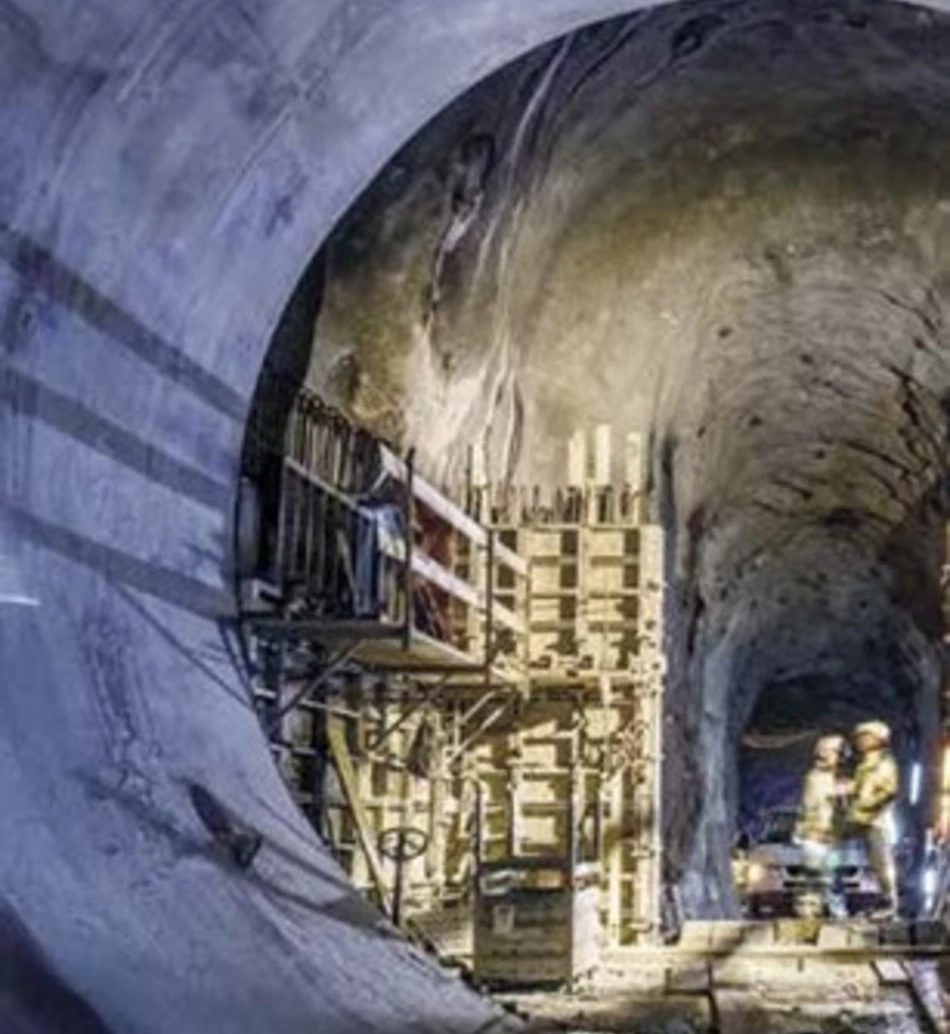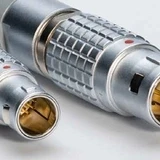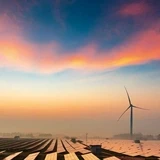Hydropower: Stands the test of time

With the development of wind and photovoltaic energies, producers sometimes have to manage surplus electricity.
“In Germany for example, the installed wind and photovoltaic power capacity exceeds the country’s average consumption”, explains Peter Matt, Engineering services manager at Voralberger Illwerke, a leader for electricity in Austria*. “This means that sometimes their production is running at full capacity, whilst consumption is very low. At other times, their production may be close to zero although there is a strong demand. Therefore, it is necessary to compensate for residual load – whether positive or negative – in order to balance the network. In other words, quickly alternating between electricity stored and real-time generation.”
*Voralberger Illwerke use LEMO connectors in generators and machines for measuring temperatures.
This is a real challenge that only pump turbine stations are ca- pable of handling on a large scale. Such as the Obervermuntwerk II facilities, now being installed by Voralberger Illwerke in western Austria. The principle is very simple: whenever there is a strong demand for electricity, the water stored in the Silvrettasee reservoir, located at 2030 meters, runs down via a pressure tunnel to the future underground power station to drive turbines and generate electricity, then water is discharged into the Vermuntsee reservoir located below, at 1743 meters. Conversely, whenever the demand for electricity is low, the water from Vermuntsee is pumped up to Sivrettasee: an energy reserve ready to be used.
The new facilities will provide for storage of a large amount of surplus energy and this without requiring new water intake, in addition to the existing capacity of 38.6 million cubic meters. Once operational in 2018, Obervermuntwerk II will be able to optimise resources by using the full capacity of both storage lakes.
What is even more special, is that the new facilities will be entirely reversible, thanks to an innovative “hydraulic shortcut” with the help of which the turbine regulates the pump and thus provides for continuous regulation from -360 MW for pumping to + 360 MW for the turbine. With such a degree of flexibility, Obervermuntwerk II will be capable of quickly reacting to fluctuations in the network demand and will achieve an efficiency of approximately 80%, one of the highest as far as large energy storage is concerned.
In these times of energy transition, hydropower has been increasingly establishing itself as a major player in stabilising the global renewable energy supply. This “old” energy thus contributes to integrating new energies in the European market.





